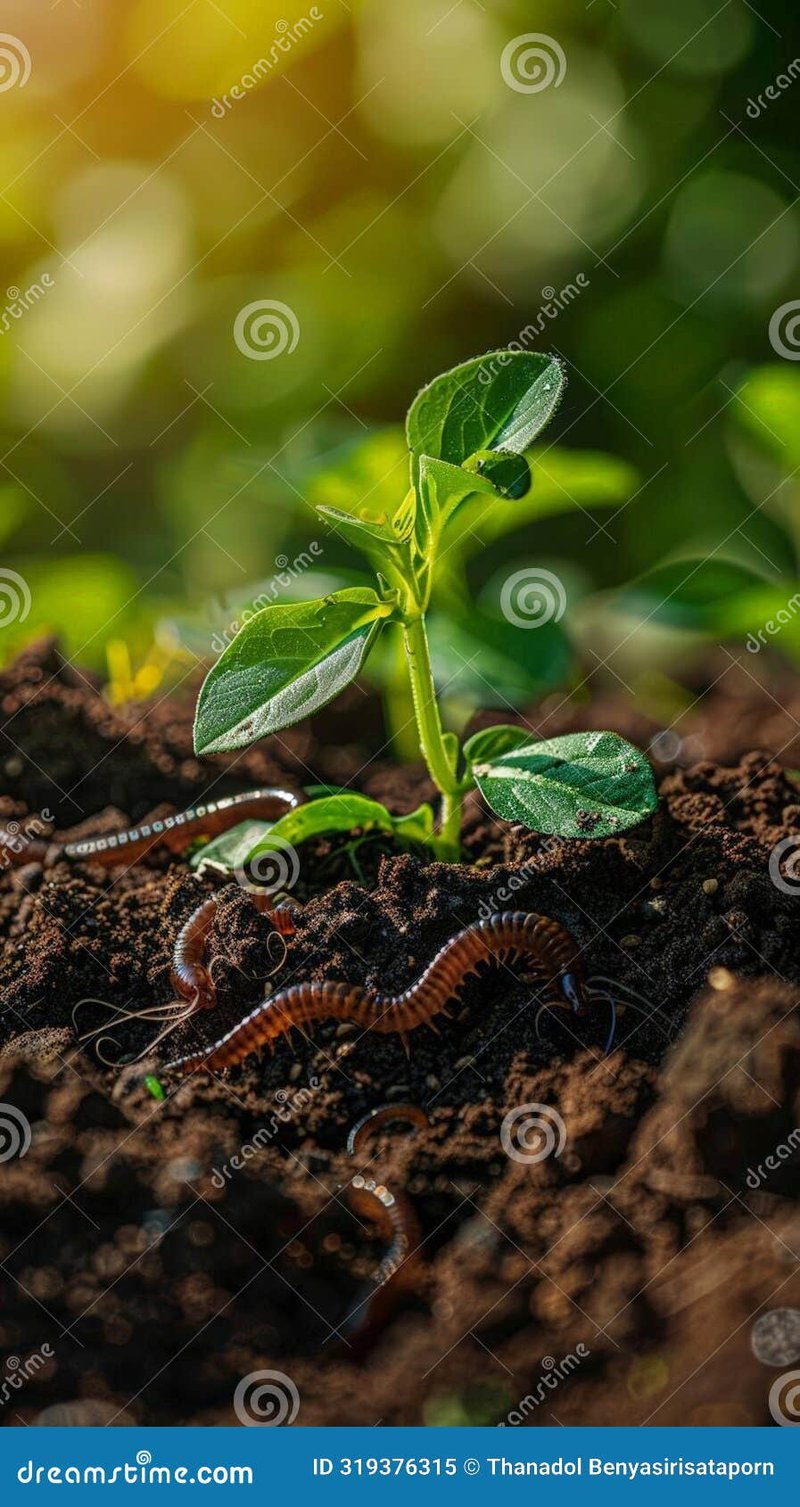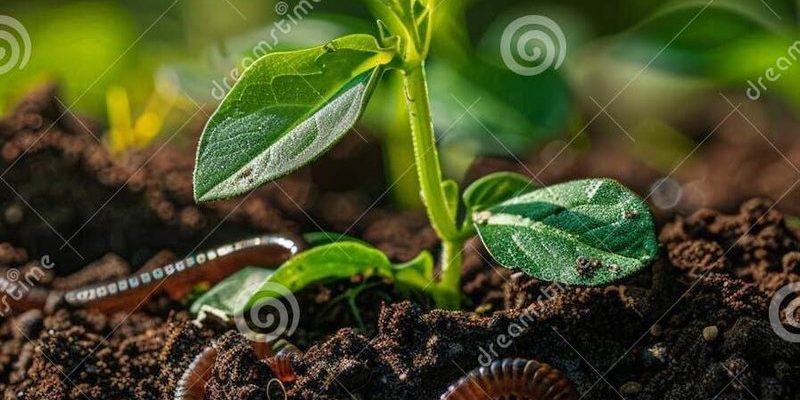
Imagine soil as a sponge; it needs air, water, and nutrients to thrive. Without proper aeration, this “sponge” can become compacted and heavy, leading to poor plant health. That’s where earthworms come in. They burrow through the soil, creating tunnels that allow air and water to reach plant roots. It’s like them putting little straws in the ground to keep everything fresh and flowing.
Ready to learn more about the incredible role earthworms play in soil aeration? Let’s dig in!
What Exactly Do Earthworms Do?
Earthworms are more than just squiggly little creatures. They are essential players in the ecosystem. Their primary job is to break down organic matter, turning it into nutrient-rich soil through a process called **decomposition**. When they munch on dead leaves and decaying plants, they leave behind castings, also known as worm poop, which are chock-full of nutrients that plants crave.
But that’s not all! Their burrowing habits lead to **soil aeration**, which is crucial for healthy plant growth. You might wonder how this all works. As earthworms move through the soil, they create tunnels that not only let air in but also allow water to penetrate deeper. This process improves soil drainage, making it less likely for plants to drown when it rains.
Keeping the soil loose and airy is crucial for root health. You can think of it as giving the roots a nice, comfortable bed to spread and grow. Without earthworms doing their job, the soil would become rock-hard, making it tough for plants to find their footing.
The Benefits of Soil Aeration
Soil aeration is more than just a technical term; it’s a game changer for gardening and farming. When earthworms aerate the soil, several benefits come into play. First off, aerated soil allows for better **water absorption**. This means plants can drink in the moisture they need to survive, especially during dry spells. When soil is compacted, water tends to pool on top rather than soaking in, which can lead to puddles and root rot.
Another huge benefit is the increased availability of nutrients. With better airflow created by earthworms, beneficial microbes and fungi can thrive. These organisms work alongside plants, assisting in nutrient uptake and promoting overall soil health. It’s like having a community of tiny helpers right at the plant’s roots!
Lastly, aerated soil helps maintain a balance of gases. Oxygen is essential for plant roots, and the tunnels created by earthworms ensure that this vital gas can reach deep into the ground. This not only keeps plants healthy but also supports overall biodiversity in the soil.
How Earthworms Improve Soil Structure
Soil structure is an important concept that impacts everything from plant growth to water retention. Earthworms contribute significantly to creating and maintaining good soil structure. When they eat organic matter, their castings help to bind soil particles together. This creates aggregates—clumps of soil that promote space for air and water.
You might be surprised to learn that not all earthworm species are created equal. Some species prefer moving through the surface layer, while others, like the *Lumbricus terrestris* (also known as the common earthworm), burrow deep down. These deep burrowers help to break up hardpan layers in the soil, which can be a significant barrier for plant roots.
With improved soil structure, nutrients have an easier time becoming available to plants. It’s like opening up a freeway for nutrients to travel quickly to the roots, speeding up their access and overall effectiveness.
Earthworm Types and Their Specific Roles
There are over 7,000 species of earthworms, and they all play different roles in the soil ecosystem. Generally, earthworms are divided into three main types: *epigeic*, *endogeic*, and *anecic*. Each type has its unique way of contributing to soil health.
– **Epigeic earthworms** live in the top layer of soil and feed on organic matter like leaf litter. They are quick to break down materials, making nutrients available to plants very rapidly.
– **Endogeic earthworms** inhabit the middle layers of the soil. They create horizontal burrows, aerating the soil while also moving organic material from the surface down below.
– **Anecic earthworms**, like the common earthworm, create deep vertical burrows. Their tunnels extend far into the ground, which helps with deep soil aeration and water drainage.
Understanding these roles helps us appreciate how different types of earthworms contribute to the overall health of our gardens and fields. By encouraging diverse earthworm populations, we can take steps to ensure our soil remains healthy and aerated.
Promoting Earthworm Health in Your Garden
So, how can you encourage earthworms to thrive in your garden? It’s surprisingly simple! Here are a few tips to promote earthworm health:
- Avoid chemical fertilizers: These can be harmful to earthworms. Instead, consider natural fertilizers like compost.
- Keep your soil moist: Earthworms love a slightly damp environment. Mulching can help maintain soil moisture.
- Plant diversity: Different plants support diverse soil life, including earthworms. Try to incorporate a variety of flowers and vegetables in your garden.
- Avoid tilling: While it might seem like a good idea, tilling disrupts earthworm habitats. Consider no-till gardening to give them a safe space to live.
By making these simple changes, you can create a welcoming environment for earthworms, ultimately leading to healthier soil and better plant growth. After all, having happy earthworms translates to a happy garden!
Earthworms might be small, but they have a massive impact on the health of our soil and, by extension, our gardens and farms. Their role in soil aeration is crucial, ensuring that plants receive the air, water, and nutrients they need to thrive. The next time you see one of these squiggly little creatures, remember that they’re not just crawling through dirt—they’re helping to create a vibrant ecosystem right beneath your feet.
By appreciating and nurturing earthworms, we take a step toward sustainable gardening practices. So let’s give a nod to these tireless soil aerators, knowing that a healthier garden starts from the ground up.

